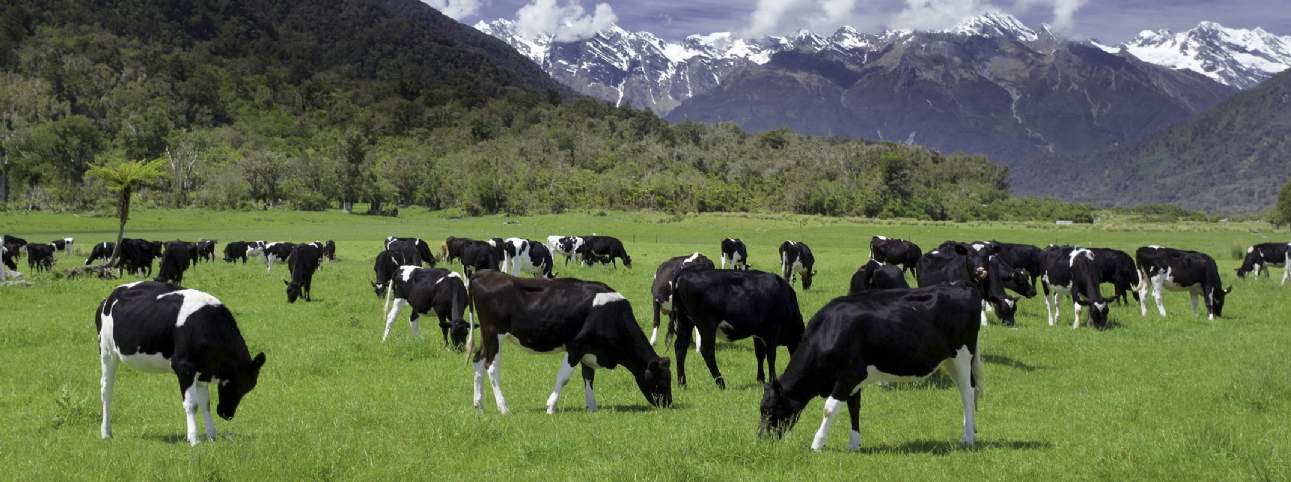These motives, along with the need to feed an increasing global population and the realisation that, managed appropriately, farmland helps mitigate against climate change and biodiversity loss, have led to a continued interest in farmland from governments, investment funds and private investors around the world.
Savills latest research publication, Spotlight on Global Farmland, reports a continued rise in farmland capital values globally with Savills Global Farmland Index (which tracks capital value performance for prime farmland across the world) recording a 10% average annualised growth rate since 2002.

.jpg)
.jpg)
.jpg)






